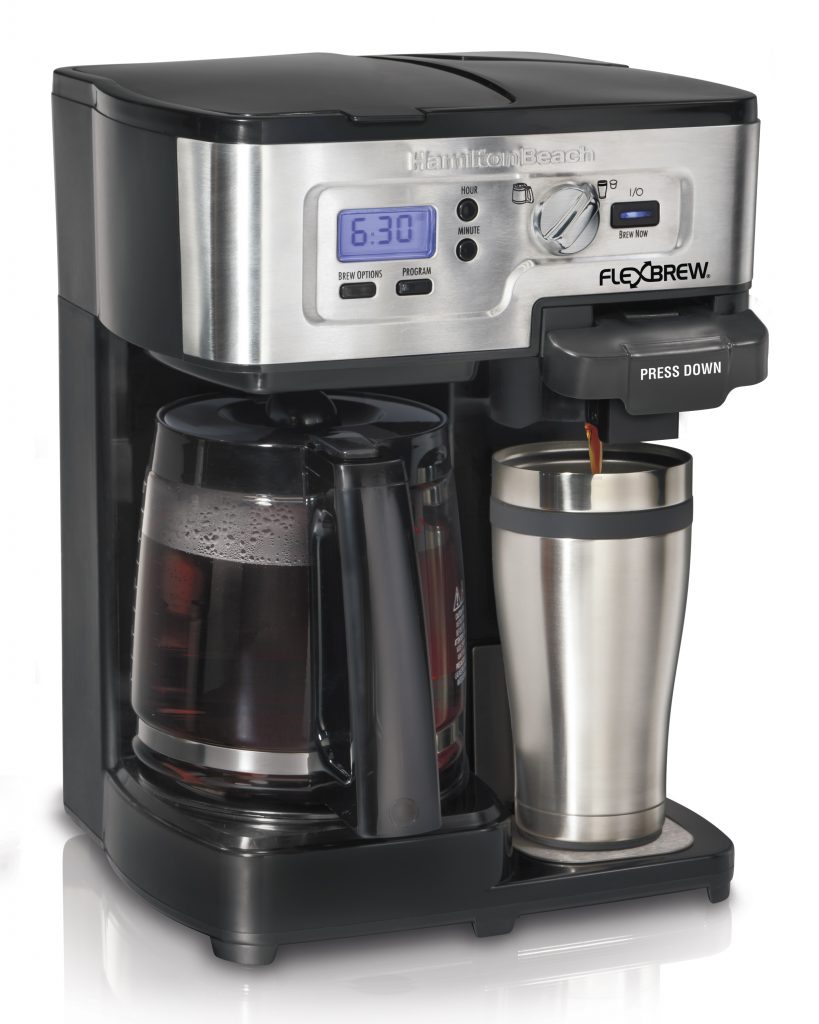
Vampire Power is used by electronic and electrical appliances even when they are shut off. This elusive power use can account for as much as 20% of your monthly electricity bill. Because it often goes unnoticed, we also call it standby power or phantom load. The most common standby electrical vampire culprits that most of us would guess are:
- TVs: 1-3 watts
- Stereos: 5.44 watts
- DVD or Blu-Ray players: 1.5 watts
- Cable box: 10 watts
- Video game console: 6 watts
- Garage door opener: 5.5 watts
Obvious Non-Remote Phantom Load Electrical Appliances
This next category of electrical users are the ones that are not controlled by a remote, yet still, rather obviously, waste electricity:, but there isn’t much you can do about reducing it:
- Cable modem: 8.62 watts
- Wireless phone: 4.89 watts
- Answering machine: 7.4 watts
- Clock: 3.61 watts
- Microwave (w/clock): 2 watts
Not So Obvious Phantom Load Menaces
And last, but not least, are the appliances that you wouldn’t really expect to be using electricity while turned off or on standby:
- Cell phone charger: <1 watt
- Computer LCD monitor: 1-3 watts
- Desktop computer (on): 20 watts
- Desktop computer (sleeping): 12 watts
- Computer stereo speakers: 5.6 watts
- Plugged-in laptop (on with screen closed): 20-35 watts
- Laser printer: 9 watts
- Furnace: 9.8 watts
- Air conditioner: 1 watt
- Coffee maker: 2 watts
- Musical instruments: 4.2 watts
- Gas range: 1.7 watts
To calculate the yearly cost of these vampires, take the number above and divide by 1,000. This will give the kWh. Multiply that number by the number of hours in use per day. Then multiply by the cost per kWh of $0.108. Then multiply by number of days in use per year.
When unplugging everything is unrealistic, use power strips with on/off switches to easily turn groups of electronics off when not in use. Unplug devices when they are fully charged and unplug devices you don’t use daily. Invest in smart plugs that allow you to control your bigger appliances remotely from your smart device – putting you in control of your energy use, even when you aren’t around. While you won’t want to unplug every appliance in your home each day, identifying the ones you use less frequently can help zero in on vampire energy use and where you can save.
Note: Numbers will vary depending on appliance type and brand/model.



